Horses are majestic and beautiful beasts of burden that have long been a beloved fixture in cultures around the world. Nomadic cultures use them for transportation and hunting, and agricultural and ranching cultures use them for herding, plowing, mowing, and planting fields.
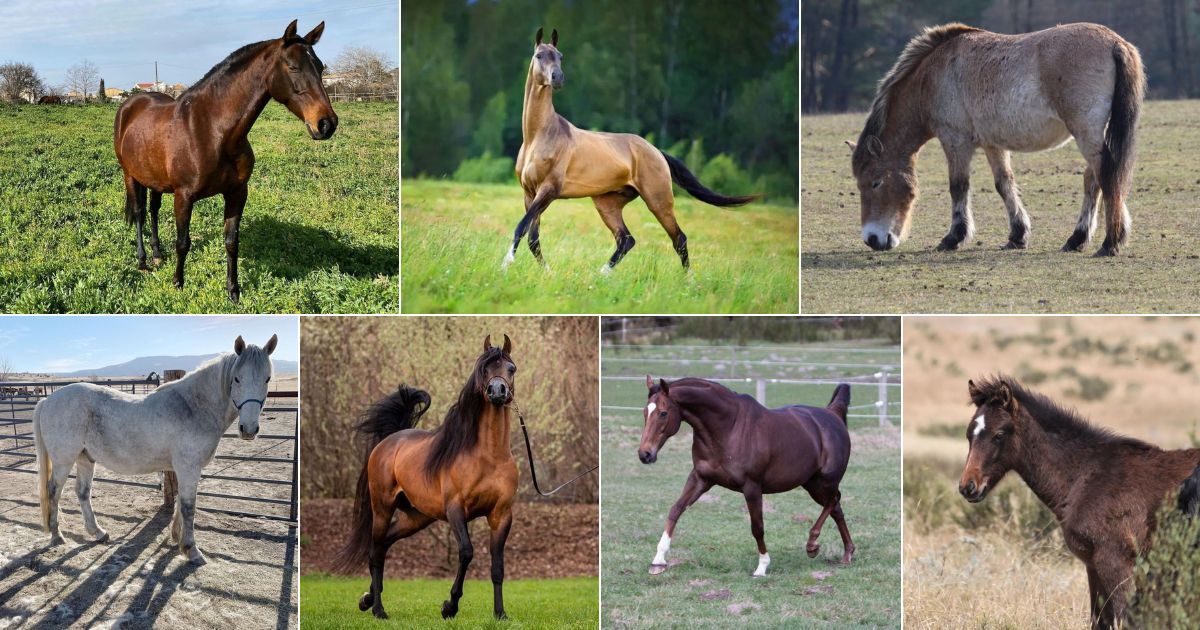
Industrial and modern cultures use horses for racing, showing, policing, and as therapy animals. Their strength, grace, emotional perception, and even temperament are prized attributes horses are famous for possessing.
Despite their many good qualities, horses can use their strength and perception as lethal weapons. Certain breeds of horses are especially prone to aggression. Below, we will explore the 7 most dangerous horse breeds as well as the reasons for their aggression.
Jump to:
Why are horse breeds dangerous and aggressive?
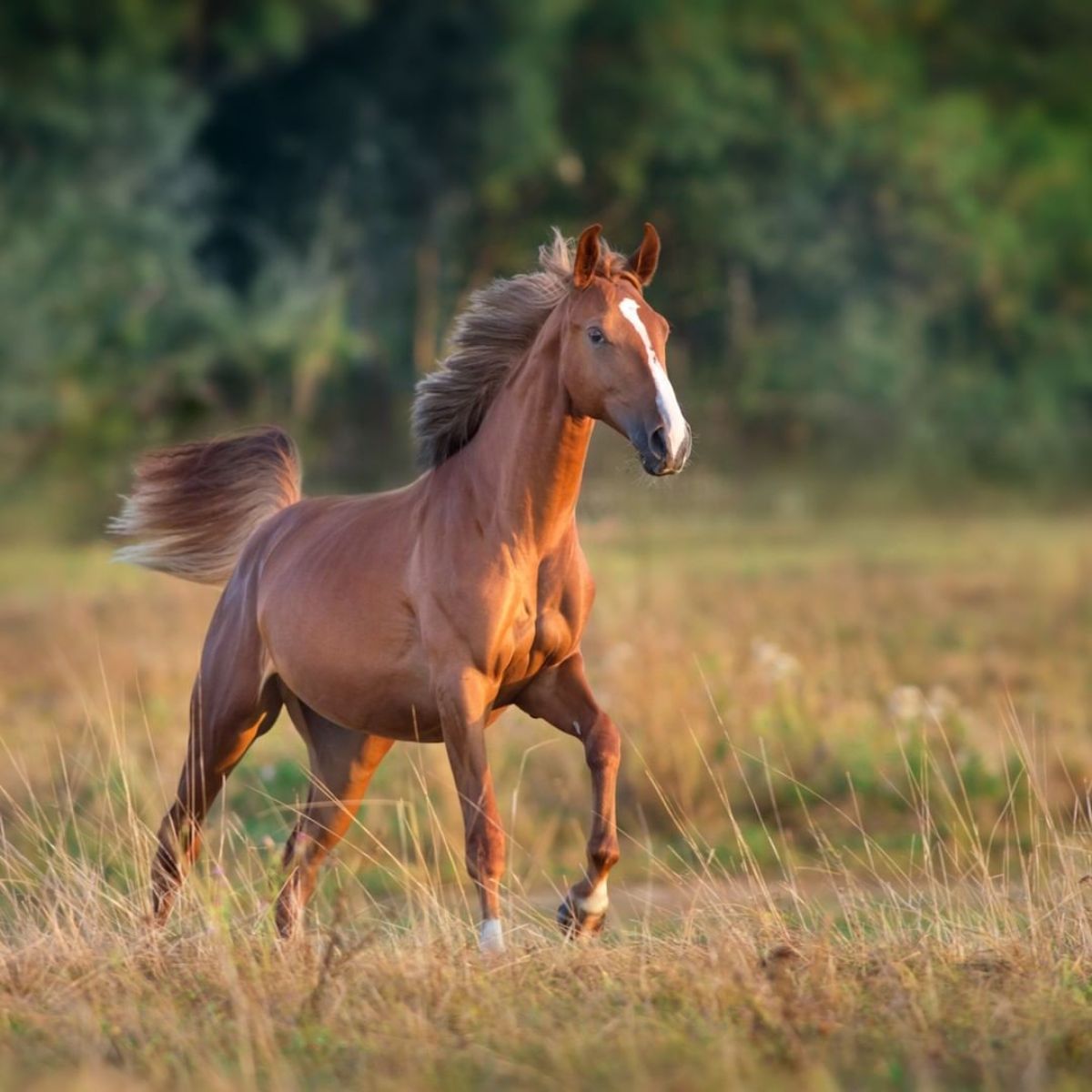
Like dogs and cats, horses are domesticated animals. This means they come from wild stock or heritage and have undergone a process of taming and training that has transformed them into docile and obedient work animals.
Nevertheless, wild horses still exist, and like coyotes and bobcats, they are not accustomed to interactions with humans. Many cultures capture wild horses and domesticate them, a process known as “breaking a horse.” No matter how domesticated a horse becomes, they are still animals with strong instincts and triggers that will unleash the wild horse within them.
The most dangerous horse breeds are generally wild horse breeds or domesticated horse breeds with recent wild ancestry. Whether a breed is aggressive or not, any horse has the potential to be dangerous. The following triggers and circumstances are common causes of aggression in horses.
Fear
Fear is the root of aggression in most animals, including humans. If a horse feels threatened, it will lash out as part of a fight or flight response. Horses feel threatened by sudden movements, animals they don't know, and smells.
If the perceived threat feels imminent, horses will react with aggression as a defense mechanism.
Stress
Stress is another major reason for violence. Anxious horses have a lot of pent-up energy they release through aggression. The biggest stressors for horses are drastic changes in environments, being introduced to other horses or animals, lack of exercise, and long periods of confinement.
Breeding Horses
When stallions breed, they are aggressive towards any animal or human they view as competition or a threat to their mate. Aggression is also part of the mating process, by which stallions are known to bite and kick the mares they are courting.
Maternal Protection
Mares are especially aggressive after giving birth to offspring and while nursing. The maternal instinct to protect a foal from intruders and predators heightens the mare’s aggression and potential for violence in defense of her offspring.
Pain
The discomfort of chronic pain or the surprise of unexpected pains are both causes of aggression in horses. Pain can make even the sweetest horse breed grumpy and prone to violent outbursts. If a horse is in pain, aggression could serve as a means of communication to alert the handler of an injury.
Forms of Violence Enacted by Dangerous Breeds
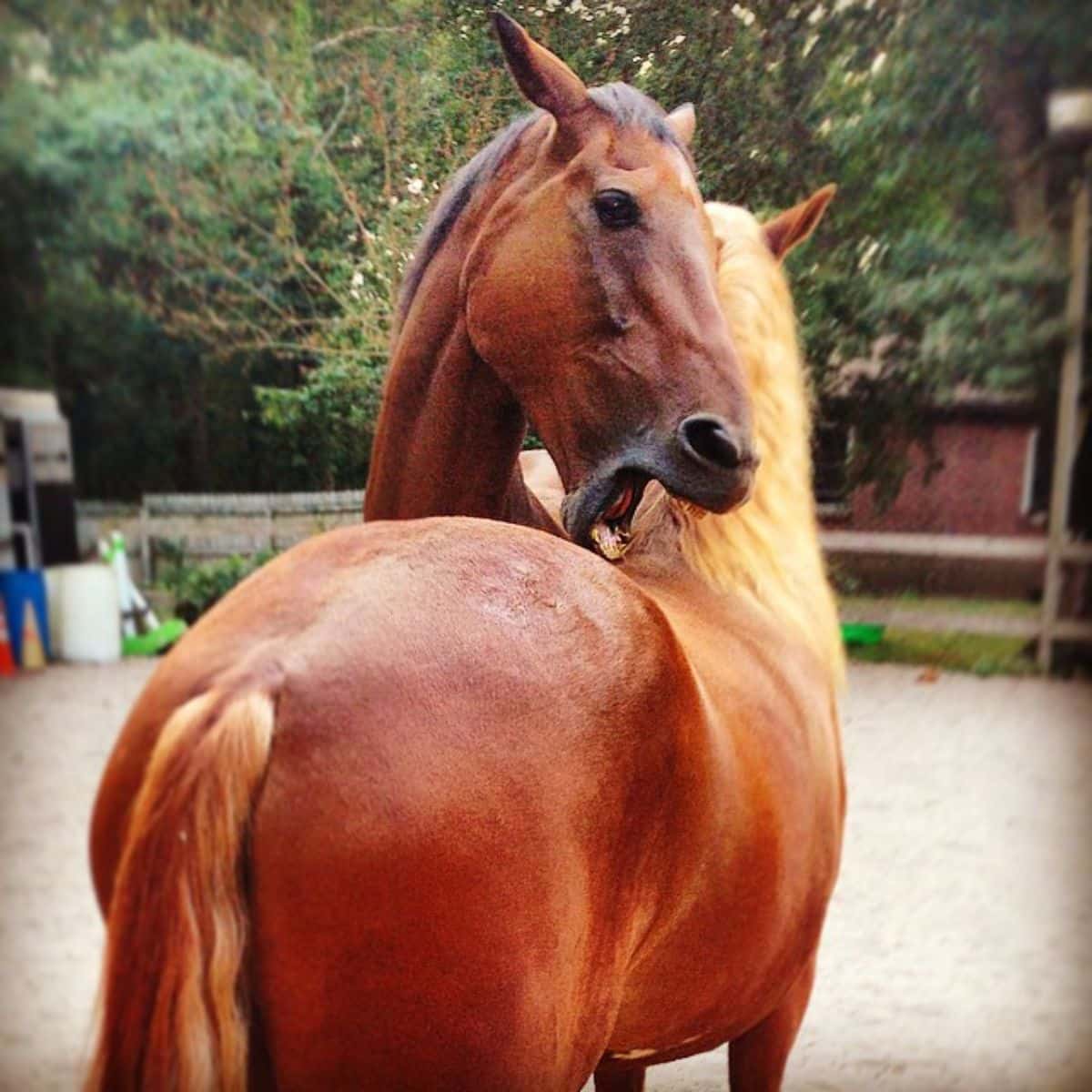
Horses may not have fangs and claws, but they are enormous and powerful animals that weigh between 800 and 1200 pounds and can run up to 50 miles per hour. Their sheer size and might make them formidable enemies for wild predators, to say nothing of humans. The most common forms of violence dangerous breeds enact are as follows:
Kicking
Whether they are kicking you directly or kicking you off the saddle, kicking is the most common, and one of the most deadly forms of violence horses can inflict. Horses can kick with their front or hind legs.
Considering the weight and power of a horse, one kick can cause serious damage, whether it’s broken bones, concussions, internal bleeding, or fatal trauma to vital organs. The same goes for being kicked off a horse, which is why protective headgear is essential for serious riders.
Charging and Butting
Charging is a terrifying scare tactic that is as violent as kicking and can cause serious psychological and physiological harm to humans.
Horses also show aggression by head-butting and trying to knock a person over. Considering the size and weight of a horse, it is very easy for horses to shove humans to the ground forcefully, causing various injuries.
Biting
Horses don’t have fangs, but their powerful jaws make any bite painful. They nip and bite other horses frequently. Their bites can certainly break the skin and at least cause severe bruising.
Dragging
This form of aggression is specific to human riders. When a horse kicks saddled riders from their backs, the rider may still have their feet in the stirrups or catch in the reins.
A horse’s instinct is to rid itself of human weight by running. Unfortunately, this means that the rider will most likely be dragged at high speeds, which could be fatal.
Trampling
Another way horses show aggression is by stomping or trampling. Being stomped, trampled, or even stepped on by a horse that weighs over a ton will break bones or cause death.
7 of the Most Dangerous Horse Breeds in the World
The majority of the most dangerous horse breeds in the world are wild horse breeds. However, many of these breeds are domesticated or habituated to human interaction. Below, we’ll go over each dangerous horse breed.
1. Przewalski’s Horse
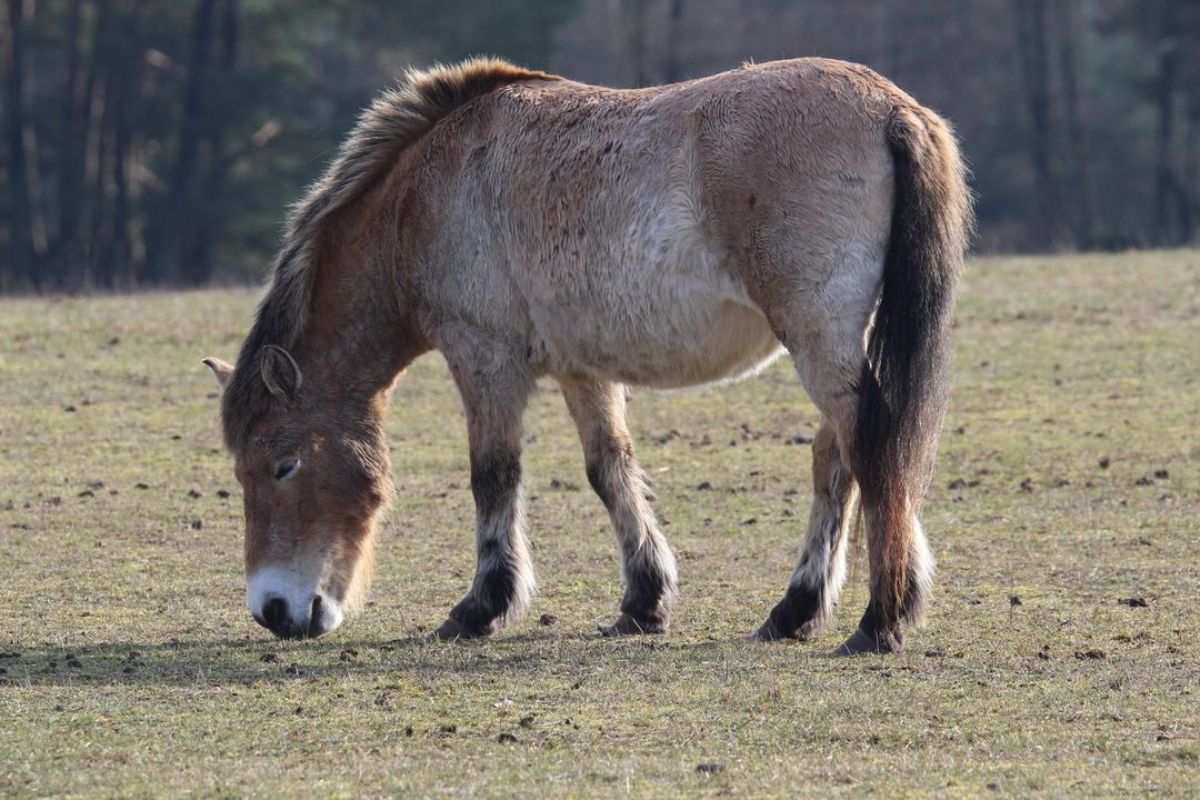
Arguably the most dangerous horse breed, Przewalski’s Horse is also the only true wild horse breed in existence. They are an endangered breed native to Mongolia. Przewalksi’s Horse is genetically different from all other breeds, thus regarded as the last wild breed on earth.
This breed is stocky, with shorter legs and thicker fur than domesticated horses. Their coloring is similar to a donkey. They aren’t accustomed to interaction with humans, thus making them especially aggressive if approached.
2. Brumby
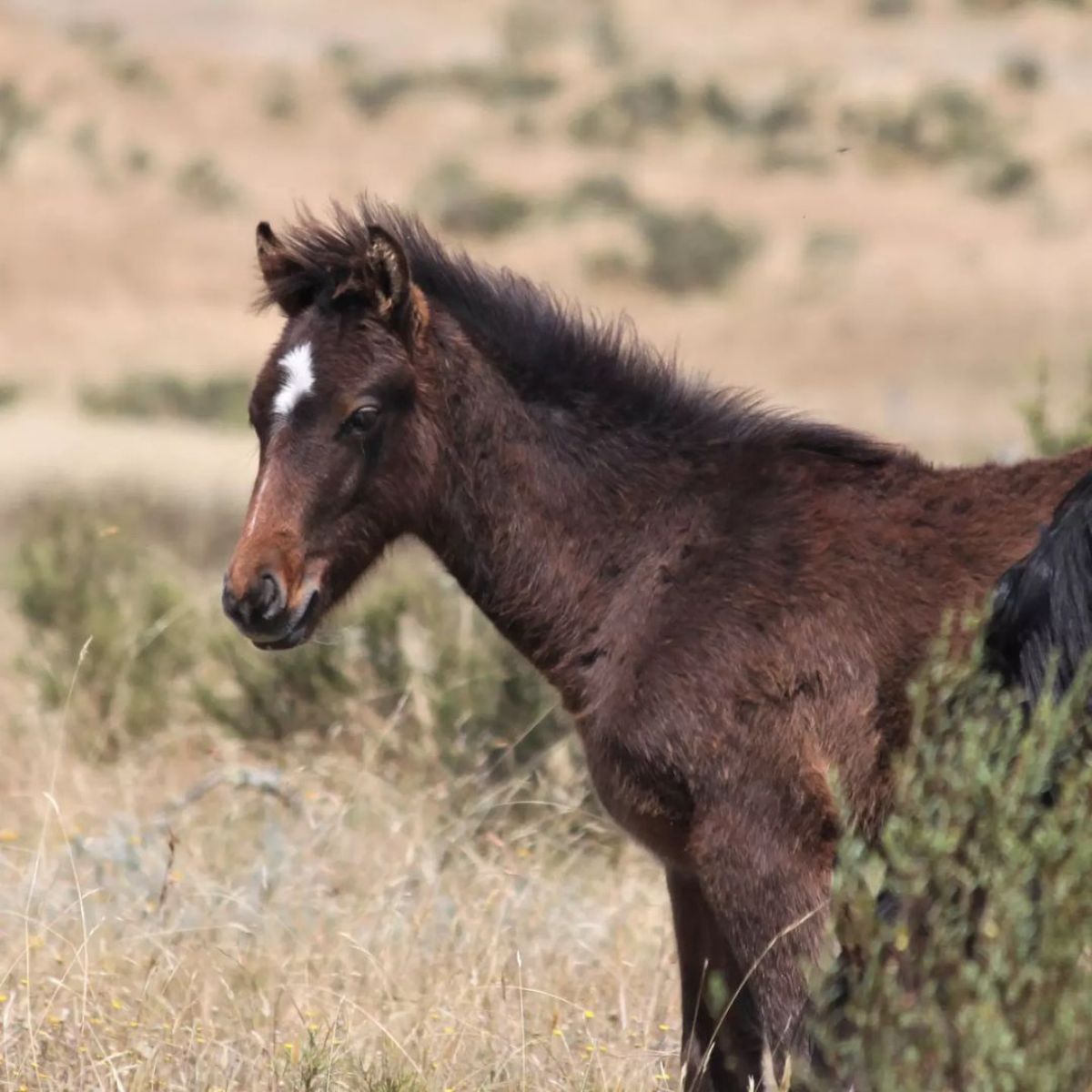
A native of Australia, the Brumby is a feral breed born of domesticated horses who fled their human owners and lived in wild herds across Australia during the 1700s. Over the generations, Brumbies continue to inhabit areas with little human development.
Ranchers and horse owners consider Brumbies an invasive species, banishing them to uninhabited areas and spurring mistrust and fear, which in turn causes aggression.
3. Mustang
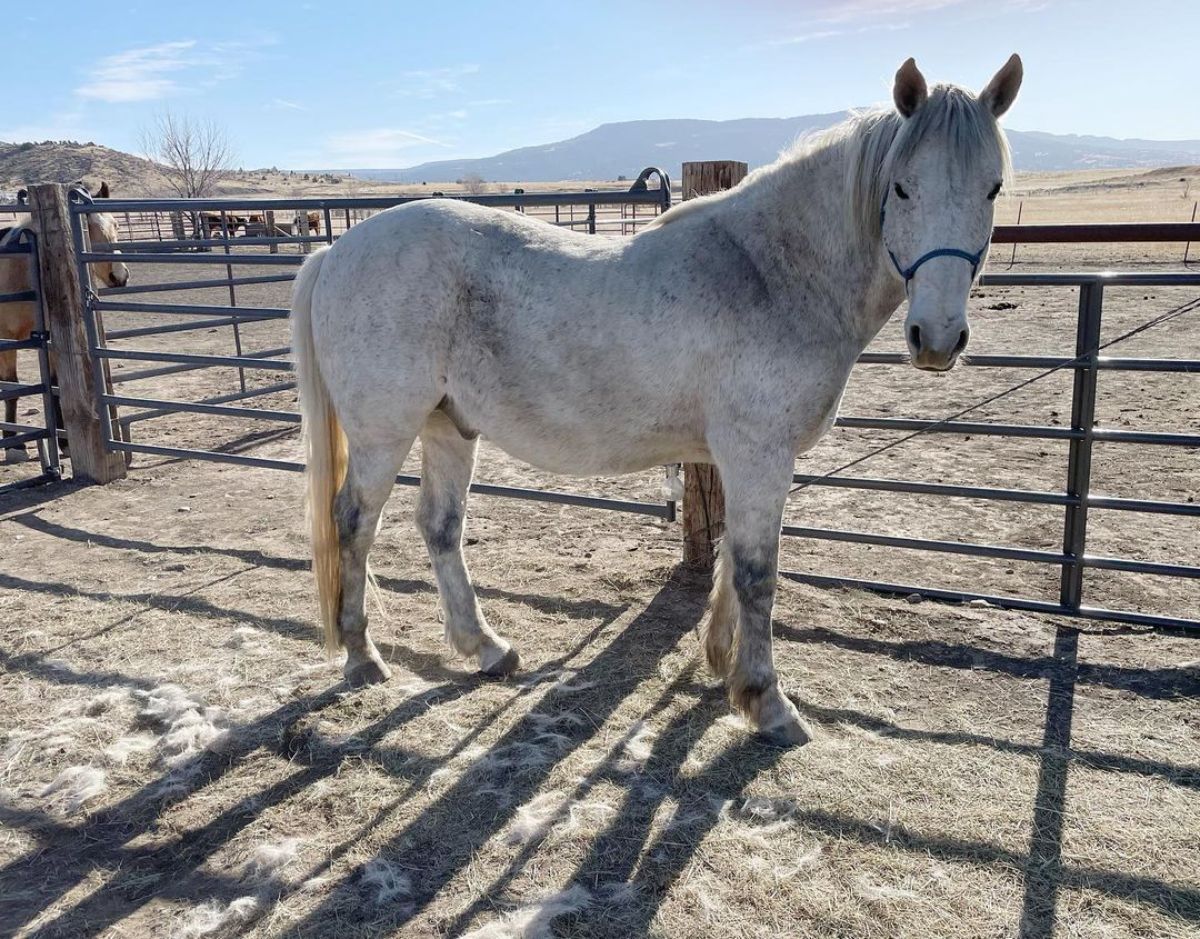
Mustangs are a mixed breed that came about when feral Iberian horses brought by Spanish colonizers interbred with American Quarters and Derby Horses. They are now a protected feral breed in the Western US known to be especially aggressive toward humans.
They roam freely in National Parks and will charge, kick, or otherwise maim humans that try to approach.
4. Akhal-Teke
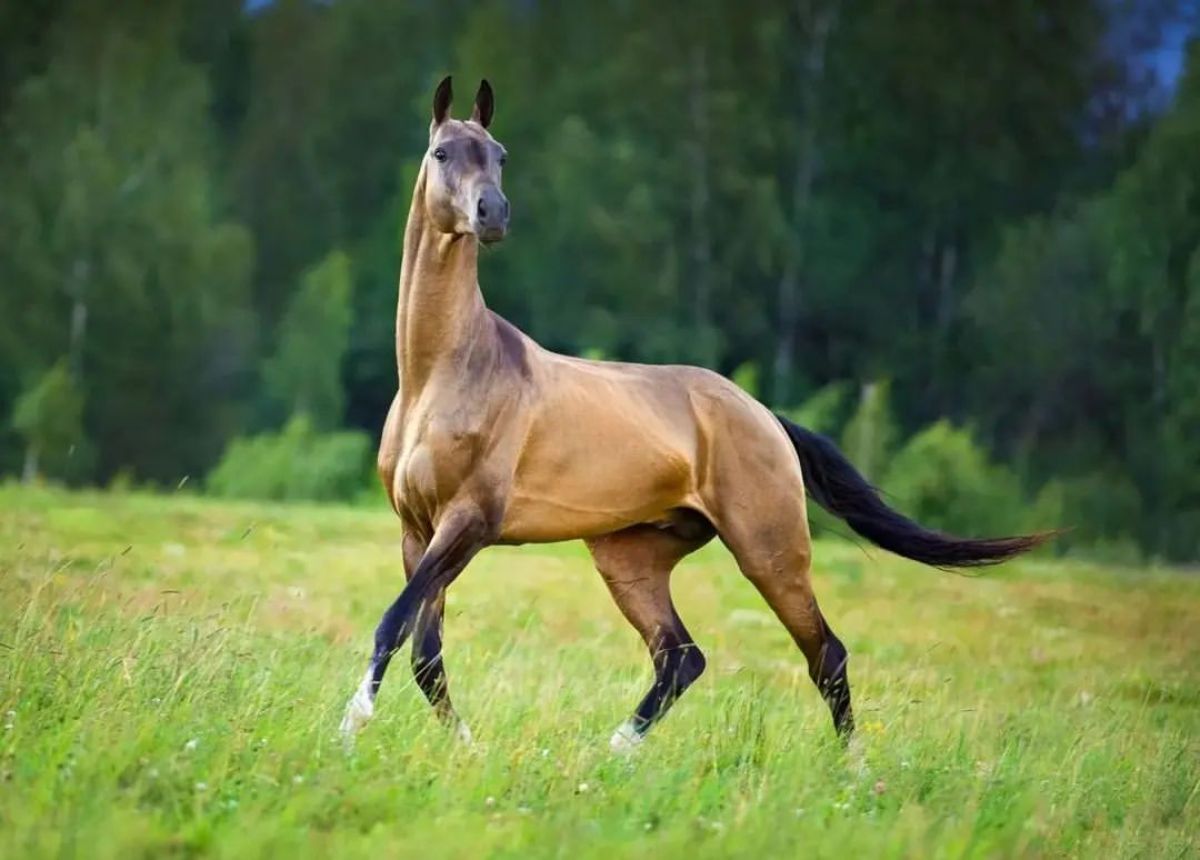
A prized breed in their native Turkmenistan, Akhal-Tekes are a gorgeous breed with a golden coat and graceful stature. They are one of the oldest horse breeds and a common domesticated breed for nomadic Turkmen populations.
Akhal-Tekes are highly intelligent, fast, and durable beasts. They are also fiercely loyal to their handlers. This could result in higher aggression toward others they perceive as threats to their handlers.
5. Andalusian
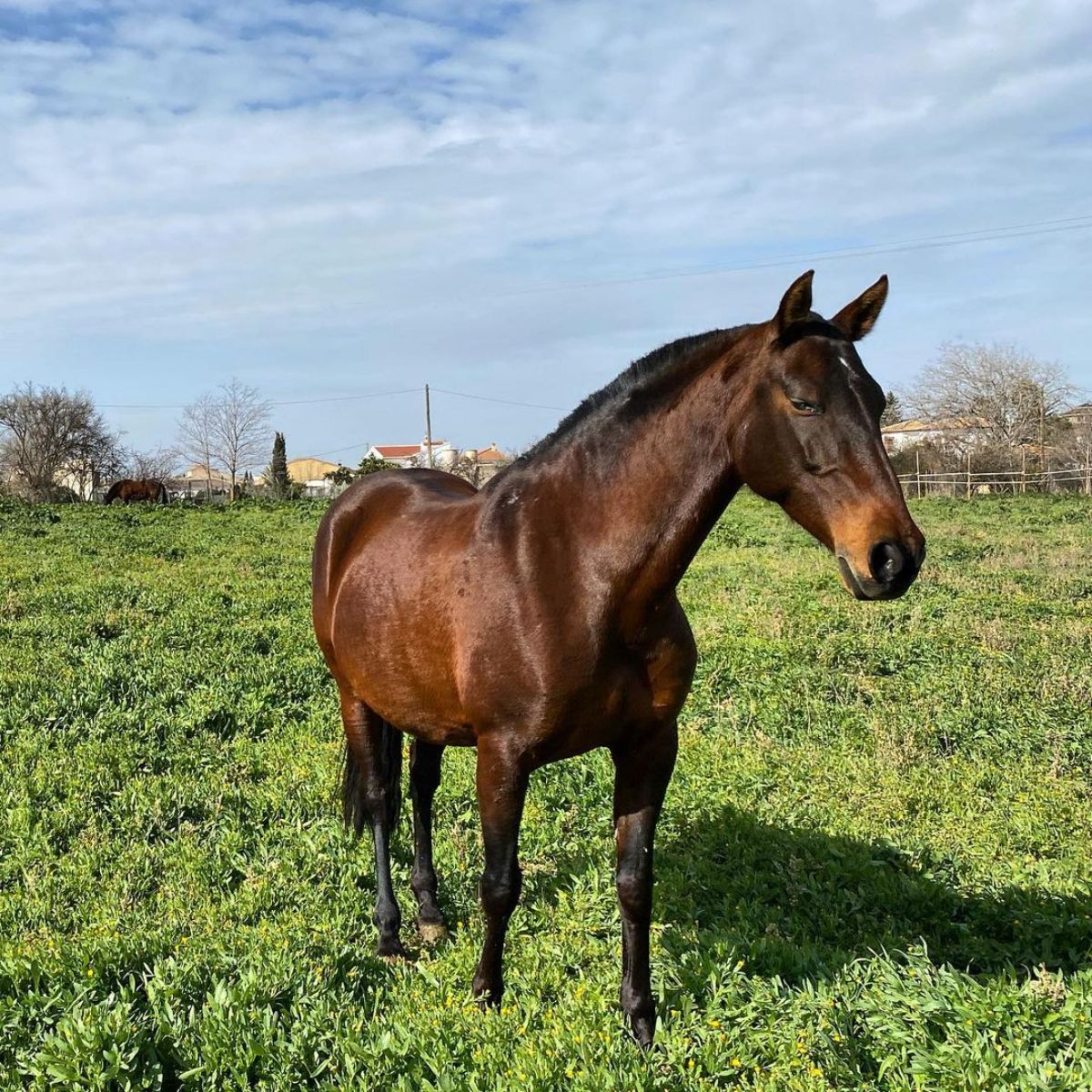
Named for the Spanish province from which they originated, Andalusian horses are amongst the most beautiful black horses in the world. They are treasured show horses and racehorses and were once the primary breed used by Spanish bullfighters.
If they can stand up to an angry bull, they surely have the potential for dangerous aggression toward humans.
6. Arabians
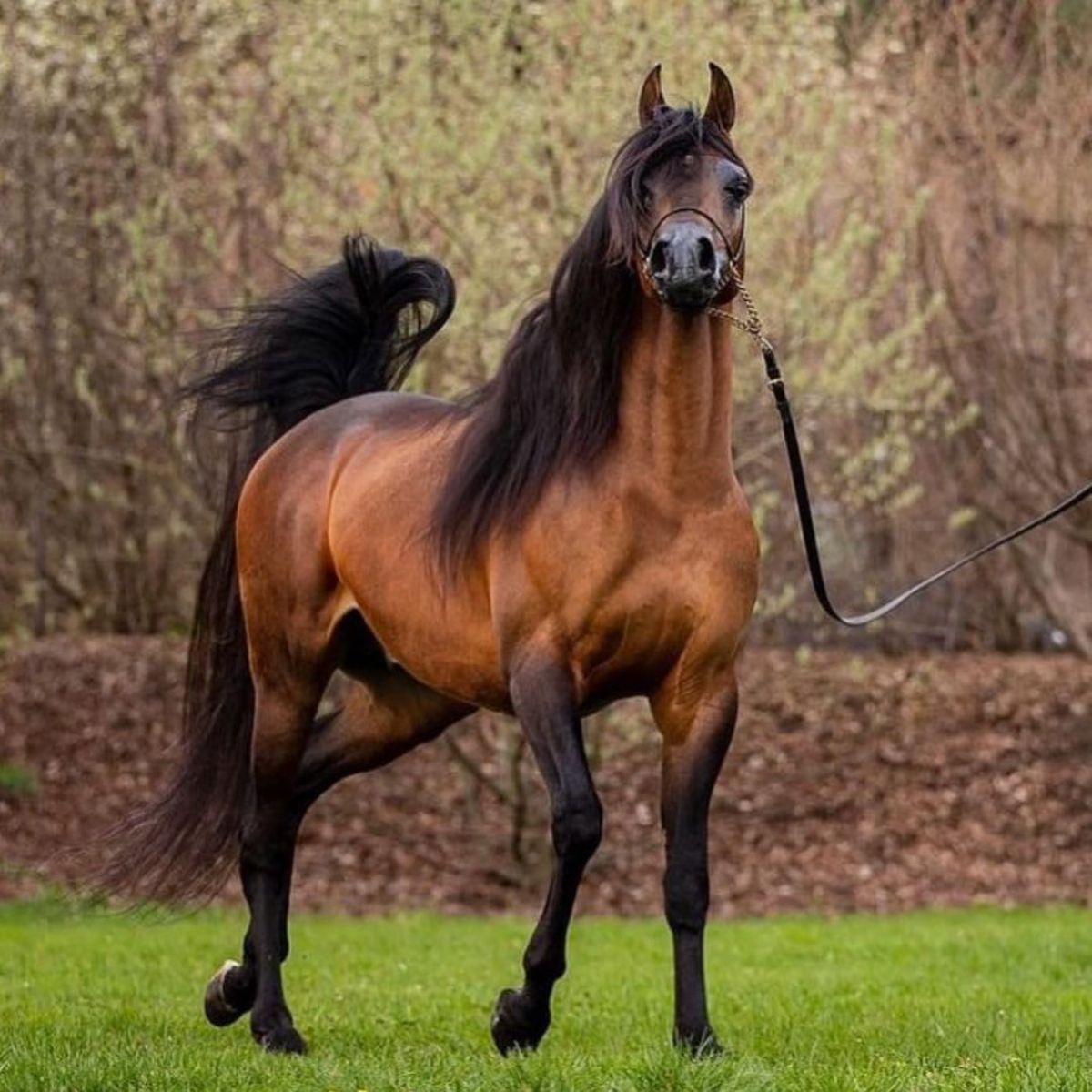
Originating in the Arabian peninsula, Arabians are an iconic and historic horse from the Middle East with black manes and tails and a light brown coat. They are a versatile breed, capable of existing in numerous terrains and climates.
They are infamous for being hard to train and stubborn, displaying outbursts of aggression.
Horse Courses by Elaine Heney
- Listening to the Horse - The Documentary by Elaine Heney & Grey Pony Films
- Shoulder In & Out Training for better balance, bend & topline development with your horse
- Over 110+ Polework Exercises & Challenges to Download
- Dancing at Liberty & Creating Connection with Your Horse (11 lessons) - Grey Pony Films
7. Thoroughbreds
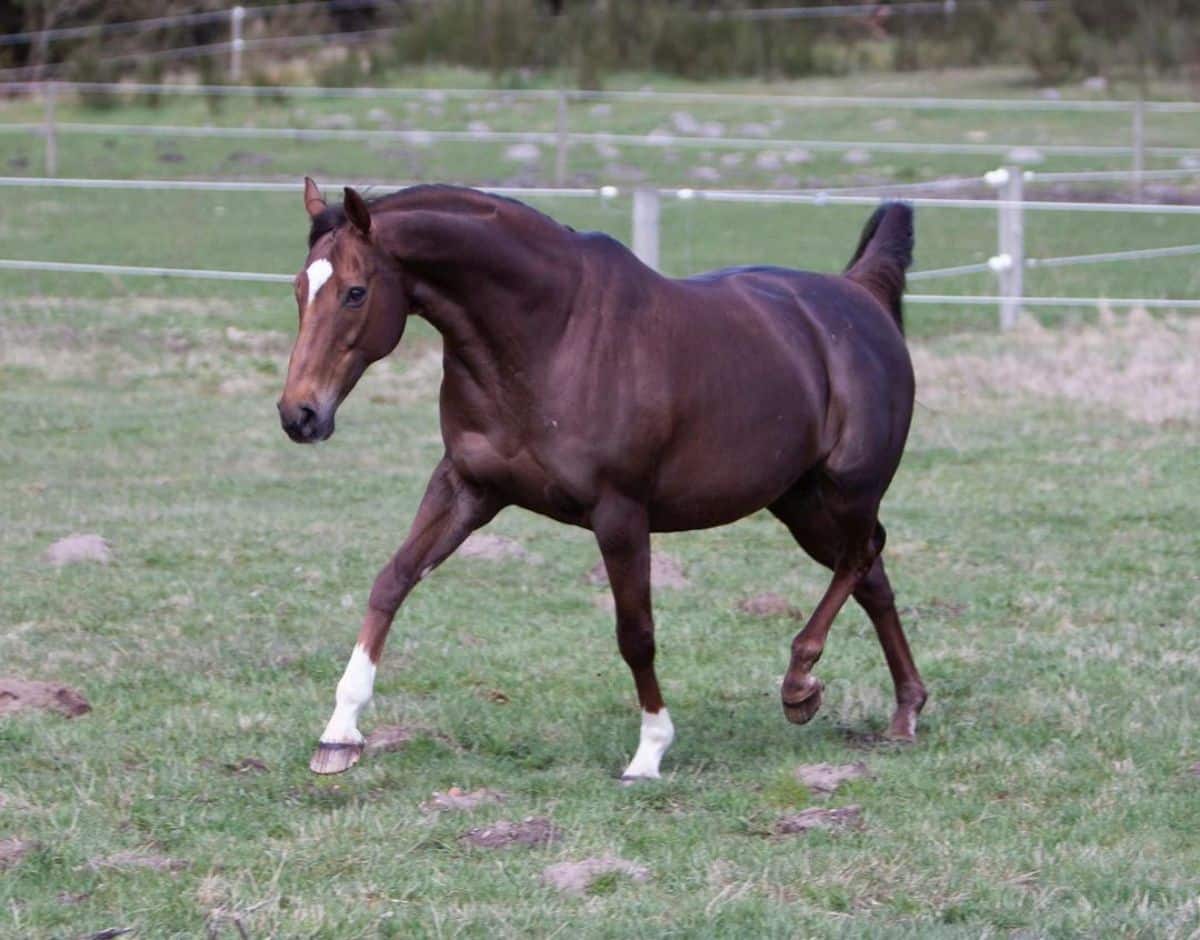
Thoroughbreds are racehorses, encompassing a variety of purebred horses. They are among the most expensive and sought-after horses, bred for speed and agility.
Thoroughbreds also fall under the category of “hot-blooded” horses, referring to their sensitivity and brash, quick reactions. Because they’re bred to compete, they have a more aggressive nature both towards humans and other horses.
Final Thoughts
The most dangerous horse breeds tend to be wild or feral horses that aren’t accustomed to humans. There are also longstanding domesticated breeds known for their short tempers or stubbornness.
If you consider the reasons behind a dangerous horse breed’s aggression, it will be easier to prevent violence and enjoy the company of these stunning creatures.


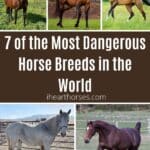
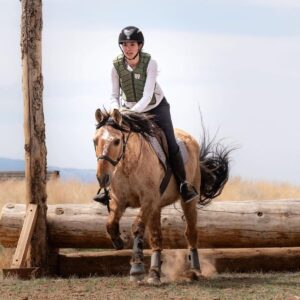
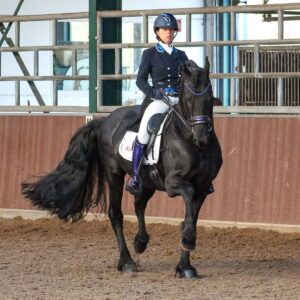
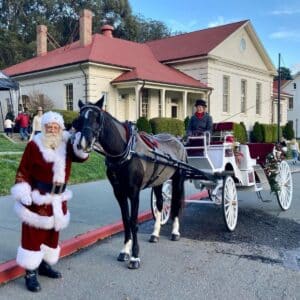
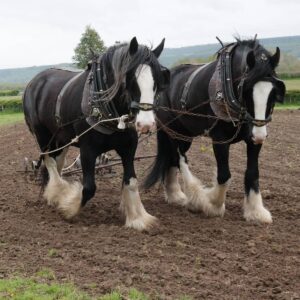
Leave a Reply